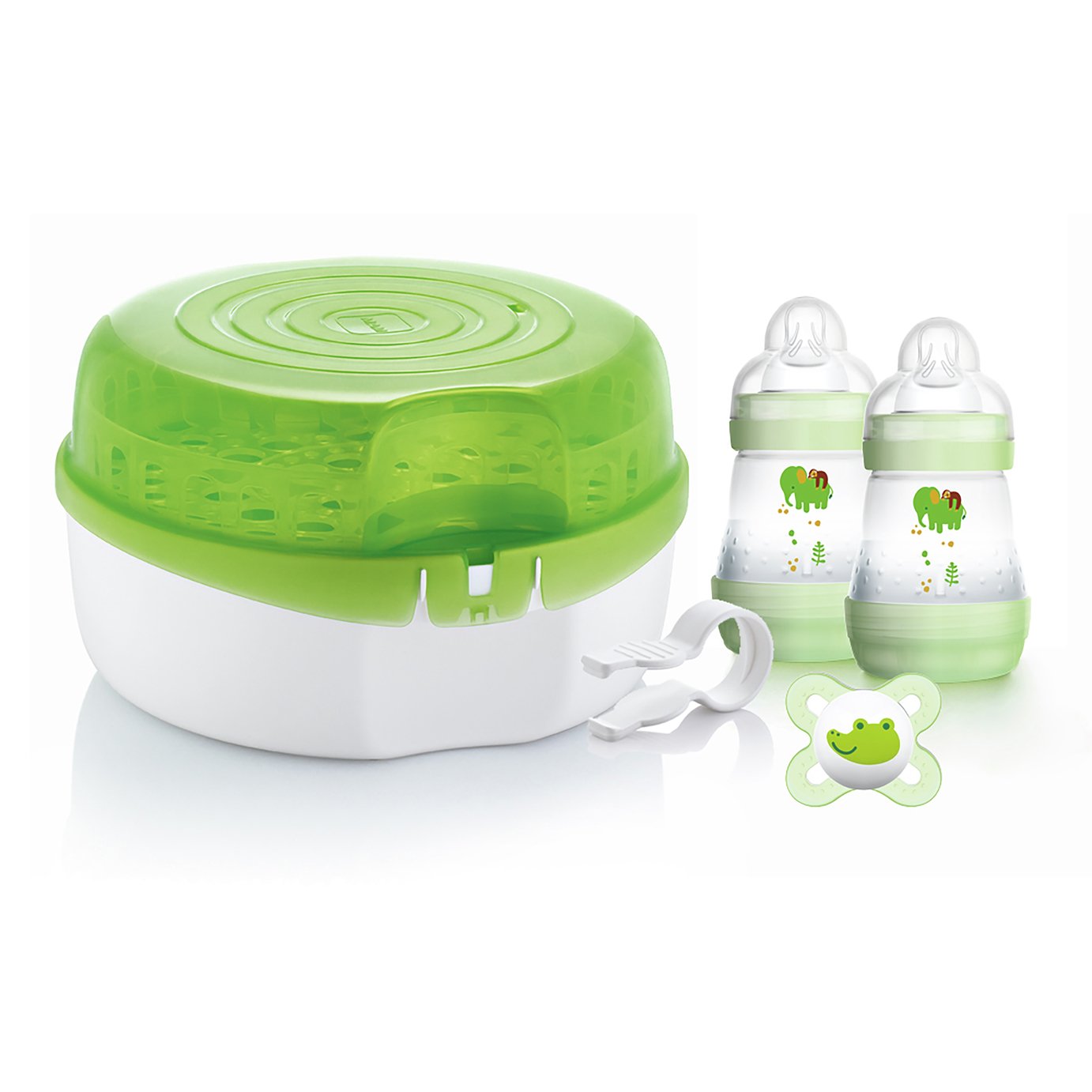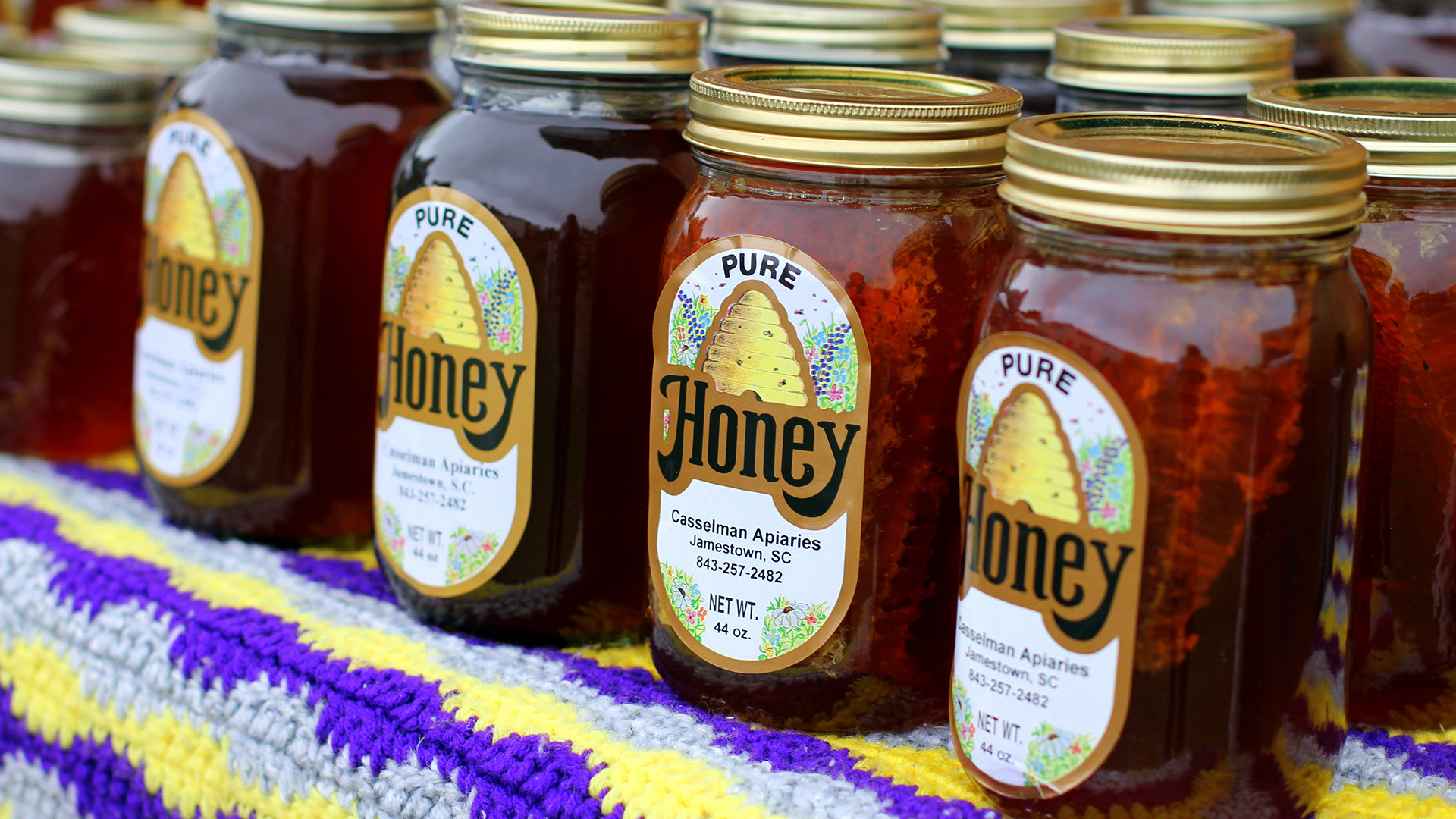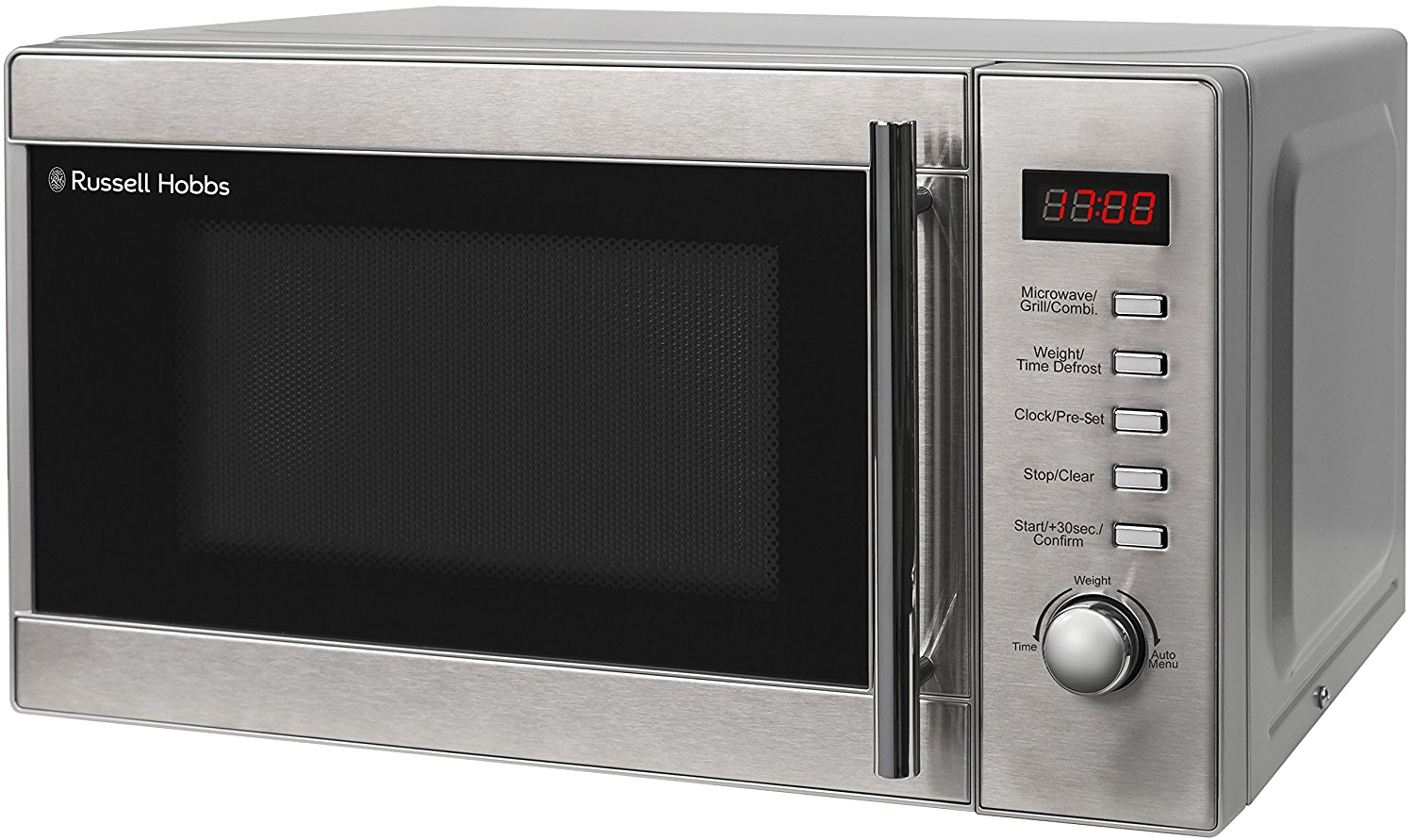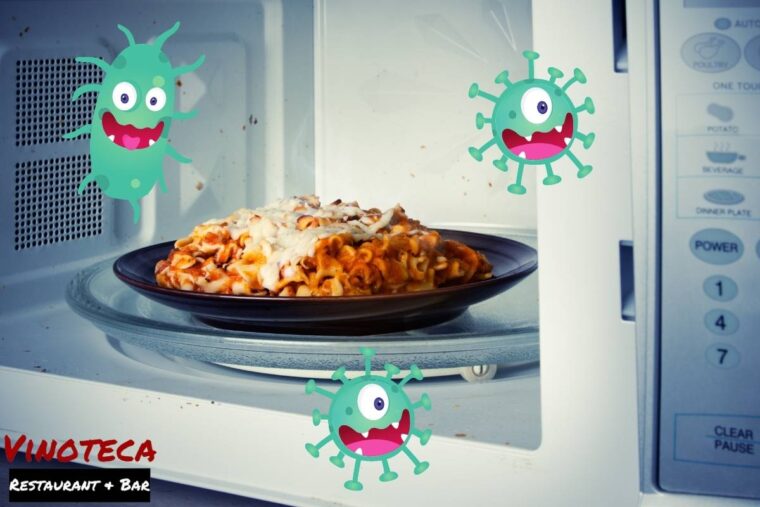Kenmore 83523 1.6 cu. ft. OvertheRange Microwave Oven Stainless Steel

The Microwave Beat YouTube
To kill mold, you need to heat the spores to at least 140 degrees Fahrenheit for five minutes. however, to be on the safe side I would recommend cooking it at 160 degrees Fahrenheit for 5 minutes. Microwaves can get as hot as 212 degrees Fahrenheit which is the boiling point of water. The spores of more active molds can be killed at lower.

MAM Microwave Steam Steriliser. Reviews
Microwaves can kill some species of mold, but the particles left behind will lead to continued exposure. Dead mold still can trigger adverse health reactions. Not only that but spores and mycotoxins also can lead to health issues. When it comes to moldy microwaves, turning them on and trying to zap the mold out is not the best cleaning.

MicrowaveStorage_Hanover_800_Wide.gif
To effectively kill mold spores, it's recommended to microwave the food for at least 1-2 minutes. However, the duration may vary depending on the type of food and the severity of the mold. It's essential to ensure that the food reaches a high enough temperature to kill the mold spores effectively.

Weird Tech Microwave beam nukes stolen cars TechRadar
The short answer is yes, microwaves can be effective at killing mold. When used correctly, the high heat generated by a microwave can help eliminate mold spores and prevent them from spreading. However, it's important to note that not all types of mold are easily killed by microwaves, and the effectiveness of this method can depend on various.

Does Microwave Kill Bacteria? Everything You Need To Know in 2021
To start, use a damp paper towel or sponge to remove as much of the mold as you can. Next, Digital Trends suggests mixing 1 cup of water and 1/4 cup of white vinegar in a microwave-safe bowl. Microwave the vinegar mixture on high for one to two minutes. When the time is up, leave the microwave closed for another two to three minutes to let the.
:no_upscale()%2Fcdn.vox-cdn.com%2Fuploads%2Fchorus_asset%2Ffile%2F20536619%2Fdope_100716_microwaves.gif)
Do microwave ovens kill bacteria? The Straight Dope
To clean mold out of a microwave, first unplug the microwave for safety. Prepare a cleaning solution of mild liquid detergent and water, then scrub the mold patches inside the microwave. After removing the mold, clean the entire interior, rinse, and thoroughly dry. Disinfect the microwave with a solution of equal parts white vinegar and water.

Microwave of the Future Could Be a Real GameChanger
Leave the vinegar /lemon juice solution in your microwave for 20-30 minutes. This will kill any remaining mold spores and prevent future mold growth. Repeat steps 4-6 from method one. Your microwave is now clean. Tip: Method 1 (cleaning with a detergent solution) is suitable for milder stains.

Does Microwave Kill Mold? Renovate Central
Let it sit for about 10 minutes, then wipe away the mold with a clean cloth. 4. Use Lemons. Lemons are a natural mold-killer as well. Cut a lemon in half and rub it on the moldy areas of your microwave. Let the lemon juice sit for about 10 minutes, then wipe away the mold with a clean cloth. 5.

Got honey and a microwave? Great you can cook your own carbon
The short answer is yes, microwaves can be effective in killing mold. When food is heated in a microwave, the high temperature created from the microwave radiation can kill bacteria and mold spores. However, there are some caveats to keep in mind when using a microwave to kill mold. When using a microwave to kill mold, it is important to note.

Microwave PNG File PNG All PNG All
Risks of mould in your microwave. What you need to remove mould from your microwave. A step-by-step guide to cleaning mould in your microwave. Step 1: Preparation. Step 2: Wipe it down with hydrogen peroxide. Step 3: White vinegar steam cleaning. Step 4: Baking soda scrub.
Kenmore 83523 1.6 cu. ft. OvertheRange Microwave Oven Stainless Steel
Here are some tips for removing mold from a microwave: 1. Unplug the appliance and remove all food and containers. Before beginning any cleaning process, unplug your microwave and remove all food and containers from inside the appliance. 2. Clean with an antibacterial solution

Will Microwave Kill Germs? Appliance Inn
Yes, a microwave can kill mold. Microwaving effectively kills mold on non-porous surfaces such as glass, plastic, and ceramic. However, microwaving may not be effective on porous surfaces such as wood, fabric, and paper. To kill mold in a microwave, follow these steps: Clean the affected area with soap and water to remove any visible mold.

Pin on Products
2. Dish soap & warm water. Mix a few drops of dish soap with warm water in a microwave-safe bowl. Then microwave the mixture on high for several minutes until it boils and the steam coats the interior of the microwave. Use a clean cloth or sponge to remove mold and food debris.

Does Microwave Kill Bacteria? The Answer Will Shock You
6. A microwave is NOT a treatment for mold or food pathogens. It is simply a device that causes the water molecules in food to vibrate producing heat in food. Of course, heat is a treatment for many food pathogens. However, a microwave is particularly tricky here, because depending on where the water molecules are, or other interference, such.

Can A Microwave Kill Mold? A comprehensive guide FOODANDKITCHENAPPLIANCES
Many people believe that using a microwave to heat up food can kill mold, but this is not necessarily the case. While a microwave can effectively kill bacteria and viruses, it may not be as effective at killing mold spores. The heat from the microwave may not be evenly distributed, which means that some mold spores may survive.
Avanti MWAV7BK 0.7cu.ft. Manual Microwave Oven Black
To kill mold using baking soda, place 1 teaspoon of baking soda with 2 cups water in a spray bottle and shake well to incorporate. Spray the mold with the solution and use a scrubbing brush or.